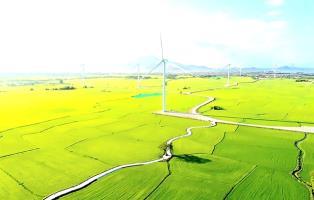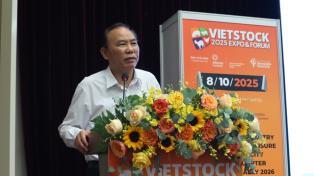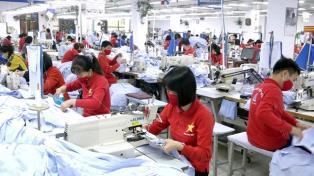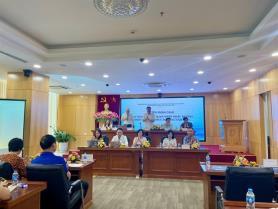As Việt Nam pursues resilient growth, Lâm Đồng Province is stepping up efforts to remove impediments to business, promote investment, and usher in a more dynamic regional economy.
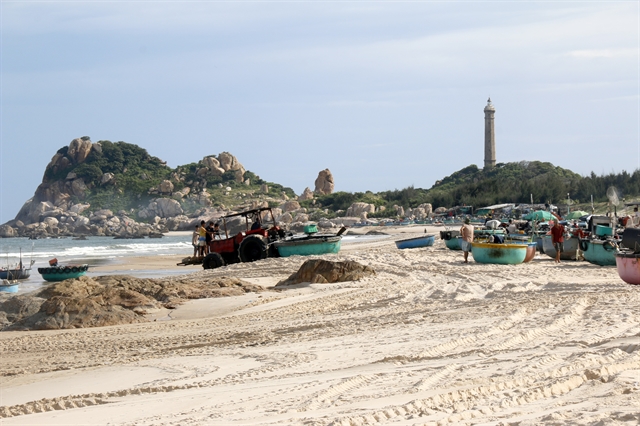
LÂM ĐỒNG – As Việt Nam pursues resilient growth, Lâm Đồng Province is stepping up efforts to remove impediments to business, promote investment, and usher in a more dynamic regional economy.
With its large land area, natural beauty, and growing infrastructure, the province is determined to work closely with enterprises so that investments translate into concrete development, jobs, and stable returns.
Tân Thành Commune, newly formed from the merger of Tân Thành, Thuận Quý and Tân Thuận communes, has become one of Lâm Đồng’s most promising coastal investment areas.
Rich in beaches and scenic landscape, it has drawn significant interest from investors in tourism and related sectors.
As of September, the commune hosts 76 projects across various stages.
Twenty-three are fully operational, 53 are either under construction or in compensation and site-clearance phases, and 26 are delayed.
Enterprises point to both internal and external causes: lack of capital; waiting for land transfers; disputes over compensation; inconsistencies in planning and zoning; and delays in approval of detailed plans.
Chairwoman Mai Thị Ngọc Ảnh has acknowledged these hindrances and said that the commune leadership is committed to facilitating solutions.
She emphasised that many of the delays stem from land use rights transfers not being completed, unresolved compensation, and unclear or overlapping planning permissions.
She said that while some investors are passive, or waiting to resell rather than build, many more are hindered by administrative barriers beyond their control.
In Kê Gà Village, for example, the Huy Hoàng Tourism project has struggled with environmental challenges caused by local fishermen docking boats and erecting temporary shelters on the beach, and unmanaged waste, all of which diminish the appeal of beachfront tourism.
The company urges local authorities to standardise shelter design and regulate landing and trading activities.
They also propose relocating the boat-landing and seafood market zone to a more suitable site to protect coastal scenery.
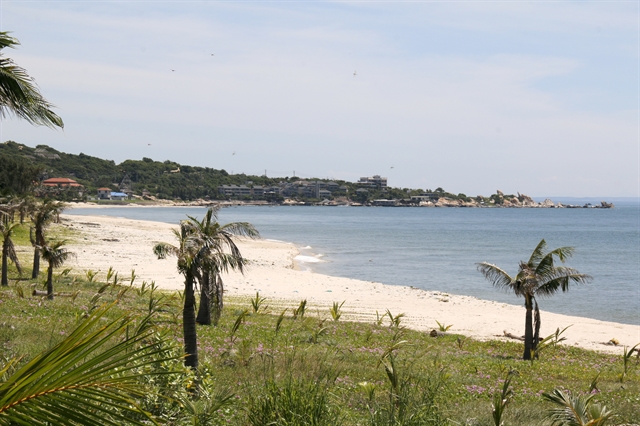
At the provincial level, Hồ Văn Mười, Chairman of the Lâm Đồng People’s Committee, insists that the province must act decisively to avoid the waste of land and resources.
“Some projects have been delayed many years,” he said. “This not only affects investors, but also slows Lâm Đồng’s overall socio-economic progress.” He has called for expedited approvals where possible, strict enforcement of regulations, and taking back land from projects that are idle or misused.
Recent statistics underscore the scale of investment in Lâm Đồng.
There are some 2,934 valid investment projects province-wide, with registered capital of about VNĐ2 quadrillion (approximately US$78.4 billion).
Of these, 235 are foreign‐direct investment (FDI) projects, with a combined value of about VNĐ224.28 trillion (roughly $8.8 billion).
Coastal regions of Lâm Đồng are especially active: as of September 2025, about 1,630 projects remain valid in coastal zones, of which some 1,281 (78.28 per cent) are operating, 54 (8.59 per cent) are under construction, and 295 (13.13 per cent) are yet to start.
Provincial authorities are clear that accessing land, handling compensation and site clearance, resolving overlapping zoning and planning issues, and ensuring transparency in procedures are among their top priorities.
For projects delayed without good reason, regulations provide for revocation of land use rights or licenses to ensure land does not lie idle while others could use it productively.
Moreover, Lâm Đồng is improving its investment environment in other ways.
It is emphasising better infrastructure, especially in transport and utilities, simplifying administrative processes and strengthening coordination between departments and local authorities.
The province is not content merely to host projects; it aims to turn investment into sustainable growth.
That means ensuring environmental protection, preventing coastal erosion, safeguarding forest and marine ecosystems, and regulating uses of land to balance economic development with community needs.
If these efforts succeed, the province could emerge among Việt Nam’s leading regional economies in tourism, investment, and development. – VNS

